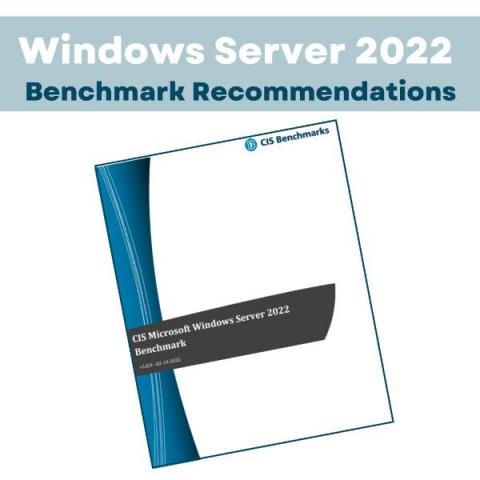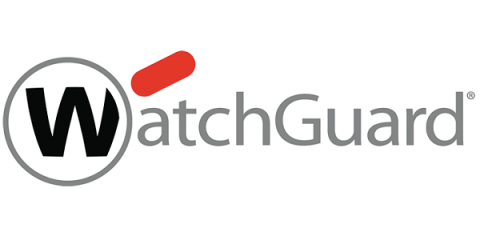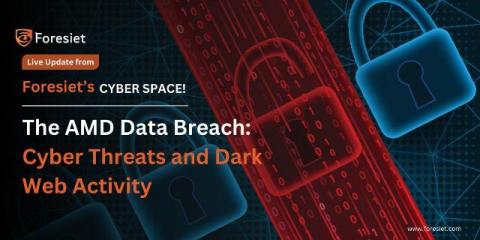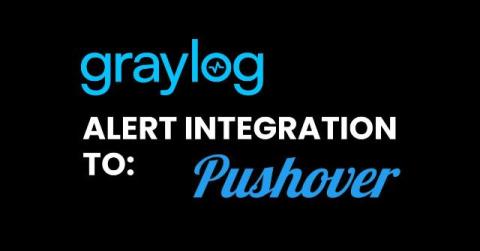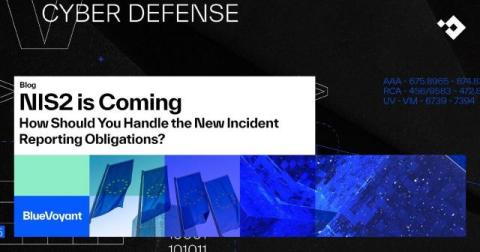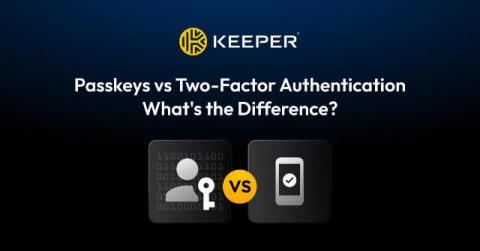Windows Server 2022 CIS Hardening Script Recommendations
In February 2022, the Center for Internet Security (CIS) released the CIS Microsoft Windows Server 2022 Benchmark v1.0.0, providing security best practices for establishing a secure configuration and hardening guide for Microsoft Windows. For automation of CIS benchmarks, Get in Touch. Following this release, CIS updated their recommendations for older operating systems, extending back to Windows Server 2008 where applicable. Below we discuss CIS Windows server 2022 hardening script we feel are critical.


